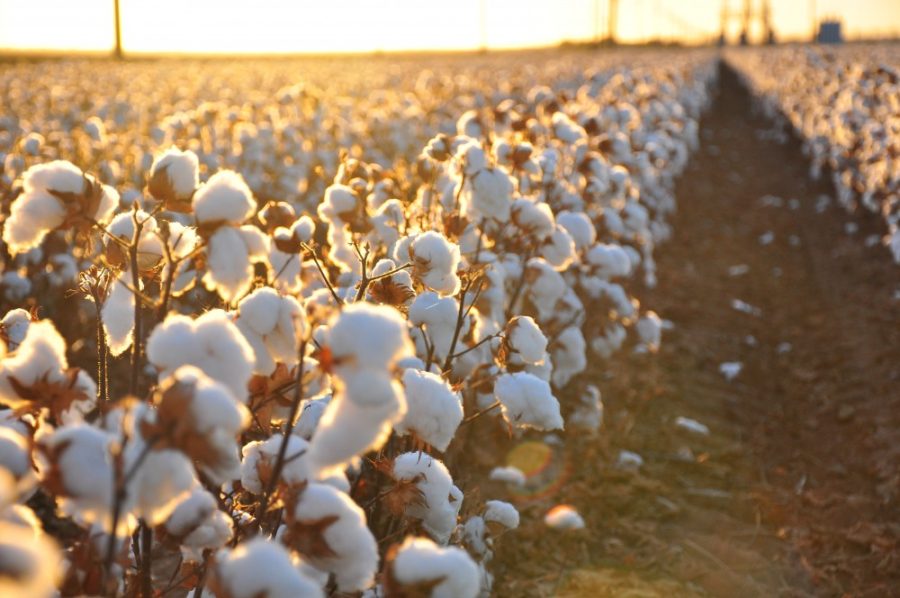We have both the honor and the curse of living in the heart of the Sonoran Desert; we are blessed with the gorgeous southwestern sunsets that cover the postcards of gas stations worldwide and privileged to possess the only habitat for the famous saguaro cactus (so famous, in fact, that it manages to be the image of the Southwest to all other Americans, even though saguaros have difficulty growing outside of our corner of Southern Arizona). Of course we accept these blessings happily, taking stock of our serene landscape everyday and celebrating our merciful winters at the start of every holiday season. But we are also cursed with a very obvious problem: Tucson is over half-a-million people living in the middle of a desert.
Arizona has long tried to deal with the largest inhibitor of growth in the hottest parts of the state: water. The Water Resources Research Center at the University of Arizona estimates that the Grand Canyon state uses about two and a half trillion gallons of water a year over its seven million residents. Up until the early 1900s, the state used exclusively water from reservoirs and natural aquifers. But in 1922, Arizona joined with fellow Western states California, Nevada, Utah, Colorado, New Mexico and Wyoming to form the Colorado River Compact, which divided up the river rights of the Colorado River, and introduced almost one trillion gallons of water to be used by Arizonans from one side of the state to the other.
RELATED: It’s not just you, Tucson’s getting hotter
As Arizona’s population grows faster than the national average, it would be very easy to assume that most of our water is being pumped into homes of all those people who take long showers and fill up their pools, and the industrial parks that support their livelihoods. But in recent years, both Tucson and Phoenix have seen major revolutions in water management. Tucson has pushed for the capture and reuse of rainwater, as well as efficient waste water recycling which cuts back on water usage. In only five years, between 2010 and 2015, Tucson drastically dropped its per capita daily water use from 94 gallons to only 80 (the national average is 83 gallons). This means that as Tucson has expanded, it has actually cut back its water use and beat out the rest of the nation.
But if cities aren’t to blame, where is our two and a half trillion gallons of water going every year? According to the Arizona Department of Water Resources, a resounding 70 percent of our total water usage goes towards agriculture. More specifically, much of our water is being put towards one of the five C’s of Arizona: none other than King Cotton. Arizona is famous for its Pima cotton and dedicates about 200,000 acres to its cultivation, making Arizona one of the top areas in the country to buy white gold. But there is a very obvious problem with this fluffy fiber; although we love it dearly, cotton loves rain more. And Arizona doesn’t get much rain. In fact, Arizona is very lucky to get more than eight inches of rain a year. Not to be deterred, Arizonan farmers have to decided to trick cotton into thinking the plains of Yuma are actually the green acres of Mississippi by flooding it.
RELATED: History of rain: How monsoons have shaped desert culture
According to World Wildlife Fund every 2.2 pounds of cotton require almost 5,300 gallons of water. Crops such as cotton and alfalfa hay require much more water than other crops to keep alive, and Arizona should take heed of these warnings. Although cotton production is a very important aspect of the economic life of this state, Arizona only has to look to its neighbor to the west and fellow Colorado River Compact member, California, for a dark sign of what could be around the corner.
California has just exited what has been a six year long drought from 2011 to 2017, which Science News reported was the worst California had seen in over a thousand years. Even if cities such as Phoenix and Tucson ensure consistent cuts in water waste, continual agricultural over-watering will render the effects of such planning void. It is important to maintain the economic well-being of our state, and while cotton may be king, if we aren’t careful, water may be the death of us.
Alec Scott is junior studying political science and German studies who likes water and doesn’t want to run out of it. Follow the Daily Wildcat on Twitter









